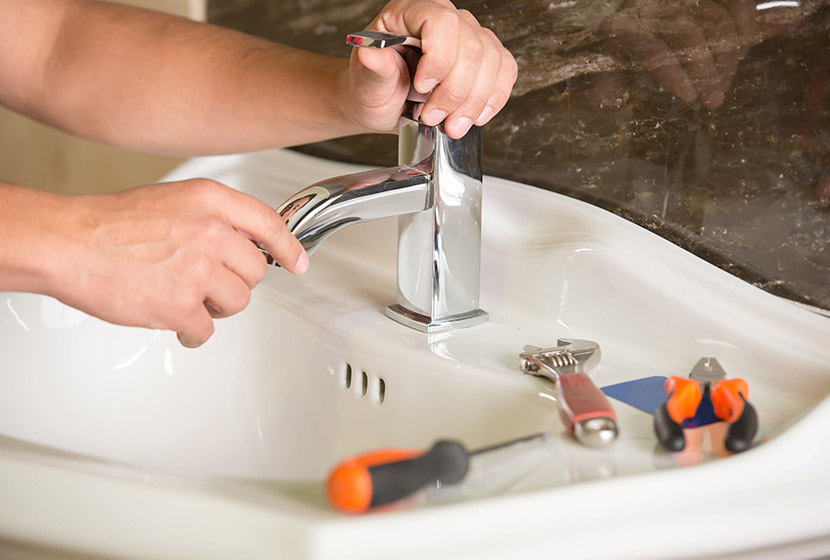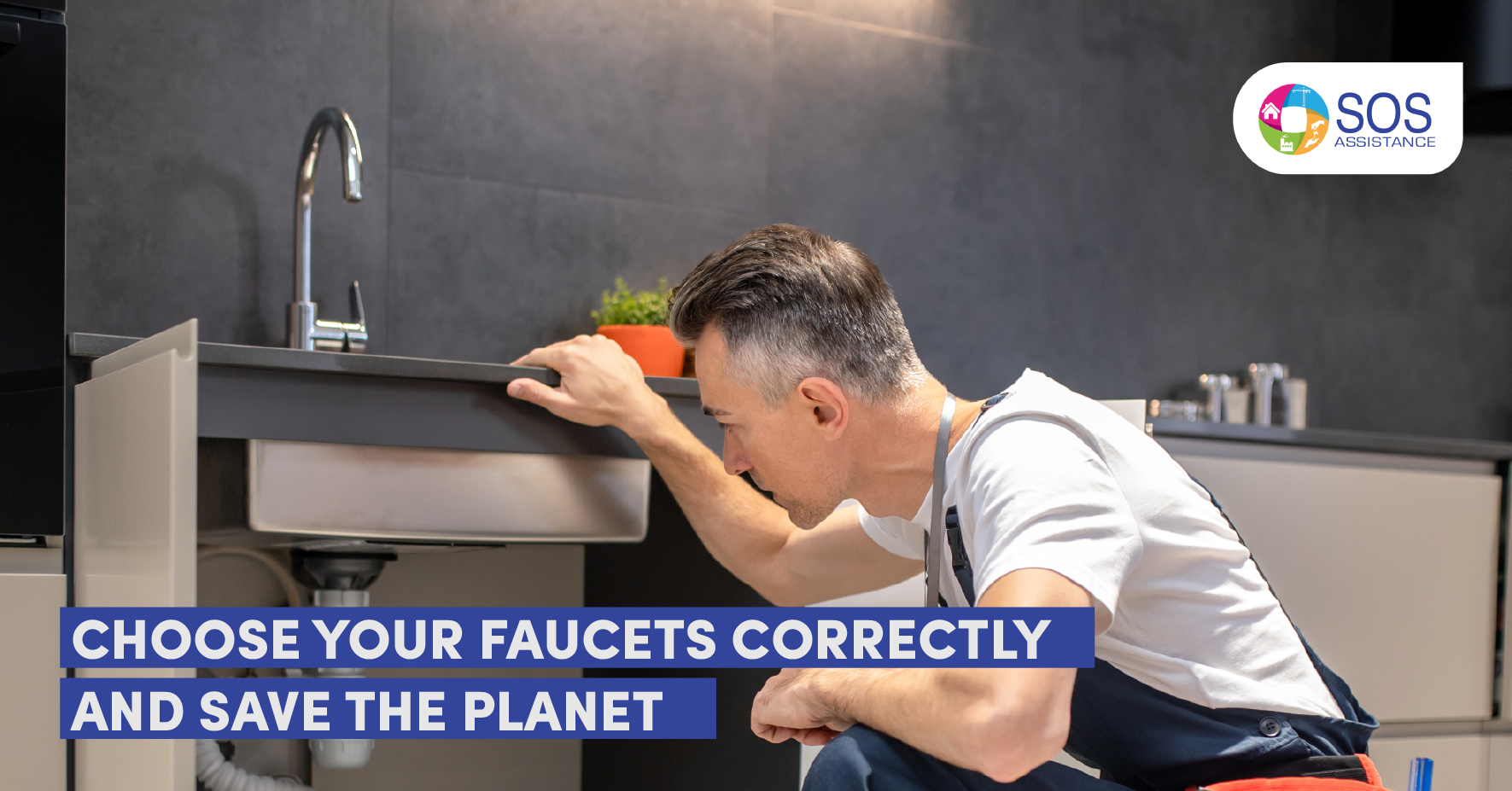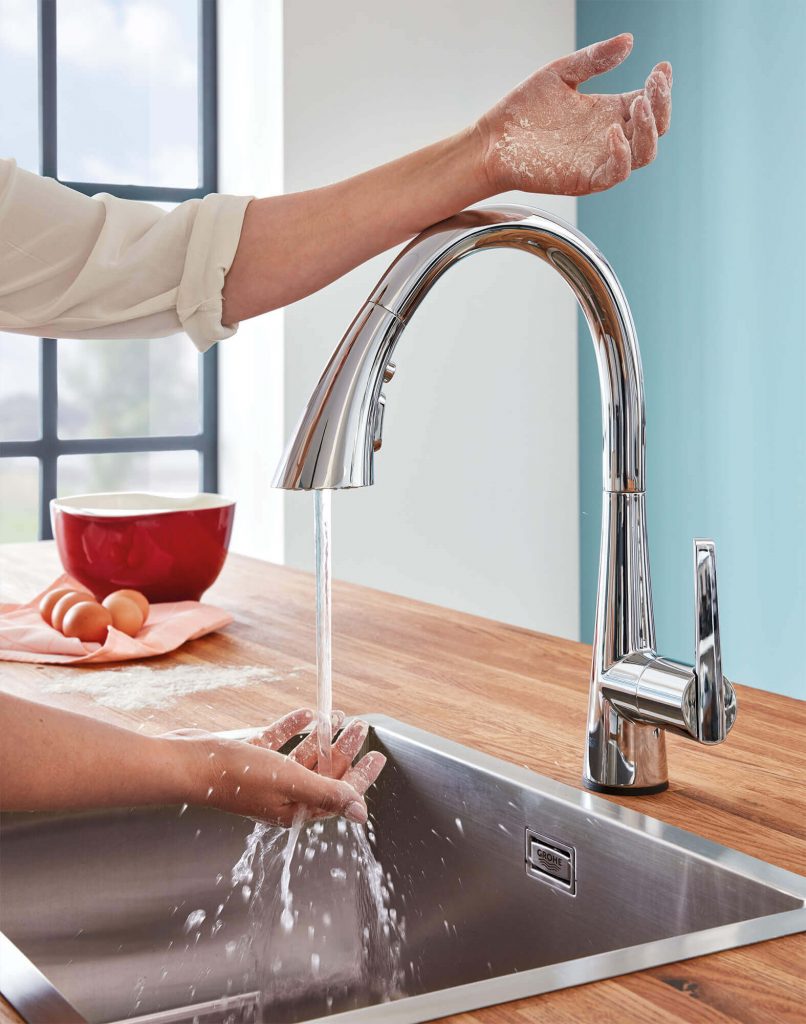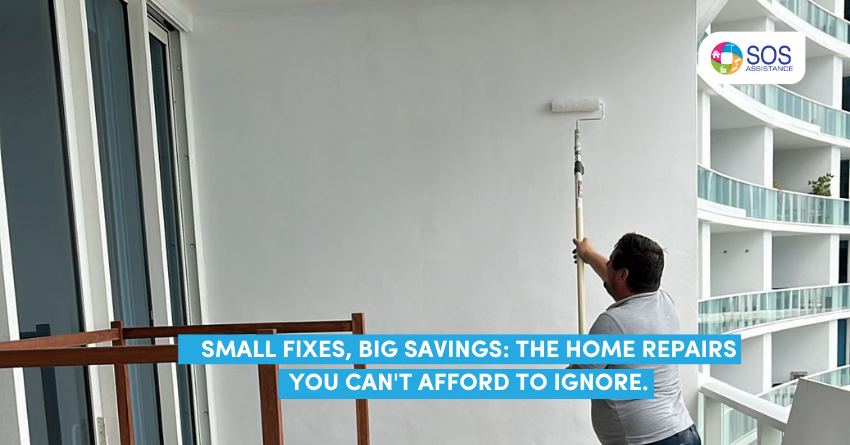Welcome to our blog, where we will talk about taps and the impact that our choices can have on the environment. Here, you’ll discover how to choose the right faucet to benefit your home and the planet. Let’s get started!

- The environmental impact of faucets
The production of fresh water is an increasingly scarce resource on our planet. Poor decisions in choosing faucets can contribute to the unnecessary waste of this vital resource. In this section, we’ll explore how some faucet options can help conserve water and energy, thereby reducing our environmental footprint.
- Low Flow Faucets – These faucets are designed to reduce water flow without compromising pressure. They use advanced technology to mix air with water, reducing consumption without sacrificing the user experience.
- Thermostatic faucets: These faucets allow you to adjust the water temperature precisely and constantly, which avoids wasting water when searching for the desired temperature. By maintaining a constant temperature, the need to mix hot and cold water is reduced, which in turn saves energy.
- Sensorized faucets: Faucets with motion sensors activate the water flow automatically when they detect the presence of hands under the faucet and turn off when there is no movement. This prevents water from running unnecessarily and helps conserve water effectively.
When choosing between these faucet options, it is important to consider the specific needs of your home or business, as well as your personal preferences. Also, be sure to check the energy and water efficiency labels to make an informed decision and do your part to care for the planet.
2. Types of faucets and their advantages
Here, we break down the different types of faucets available on the market and discuss their advantages and disadvantages. From traditional to the most modern and efficient, you will learn what features to look for to maximize efficiency and minimize environmental impact.
- Low Flow Faucets:
Advantages:
- They reduce water consumption by limiting flow without compromising pressure.
- They help save money on your water bill.
- Available in a variety of styles and finishes to suit different bathroom and kitchen aesthetics.
Disadvantages:
- Some people may feel that the water pressure is insufficient, especially if they are used to a higher flow.
- They may require a higher initial investment than conventional faucets.
- Thermostatic taps:
Advantages:
- They allow you to adjust the water temperature precisely, which avoids waste by not having to mix hot and cold water.
- They provide a more comfortable shower experience by maintaining a constant temperature.
- Ideal for homes with children, as they help prevent accidental burns.
Disadvantages:
- Higher initial cost compared to conventional faucets.
- They may require a more complex and professional installation.
- Sensorized faucets:
Advantages:
- They activate the water flow automatically when they detect the presence of hands, which prevents waste by not letting the water run unnecessarily.
- They help maintain a more hygienic environment by avoiding direct contact with the tap.
- They are ideal for high traffic areas, such as public bathrooms.
Disadvantages:
- Higher initial cost due to sensorization technology.
- They require a power source, either through batteries or electrical connection.
When considering which type of eco-friendly faucet is right for your home or business, it is important to evaluate your specific needs, available budget, and personal preferences for functionality and style.
3. How to choose the right faucet for your home
In this practical section, we will provide you with useful advice on how to select the faucet that best suits the needs of your home or business. We will consider factors such as water flow, energy efficiency, design and durability.
- Evaluate the water flow: If you prefer a more powerful flow for an invigorating shower, opt for faucets with higher flow options. For areas such as the sink or kitchen, where a constant but controlled flow is required, low-flow faucets may be the best option for conserving water without compromising functionality.
- Look for energy efficiency: opt for faucets that have water and energy saving technology, such as thermostatic faucets or sensorized faucets. These devices are designed to regulate water flow and temperature optimally, which not only reduces water waste, but can also help decrease energy consumption associated with heating water.
- Consider design and aesthetics: choose a faucet that fits the style and design of your space. From modern and minimalist options to more classic and elegant designs, there are a wide variety of styles and finishes available to complement the decor of your home or business. In addition to the aesthetic aspect, make sure that the faucet is functional and easy to clean to maintain its impeccable appearance over time.
- Prioritize durability and quality: Look for faucets made from high-quality materials that ensure long life and optimal performance. Opt for corrosion and wear-resistant finishes to prevent fading and damage from daily use. In addition, choose faucets from recognized brands with a quality guarantee to have the peace of mind that your investment will be protected in the long term.
In conclusion, choosing the right faucet improves the functionality and appearance of your home and can also have a positive impact on the environment. We hope that this blog has provided you with the information necessary to make more conscious and responsible decisions. Together, we can make a difference and save our precious planet!
Thank you for joining us in this important reflection on how to choose your faucets correctly and do your part to save the planet!
Remember, the future of water is in your hands… and in your faucets!










Leave A Comment